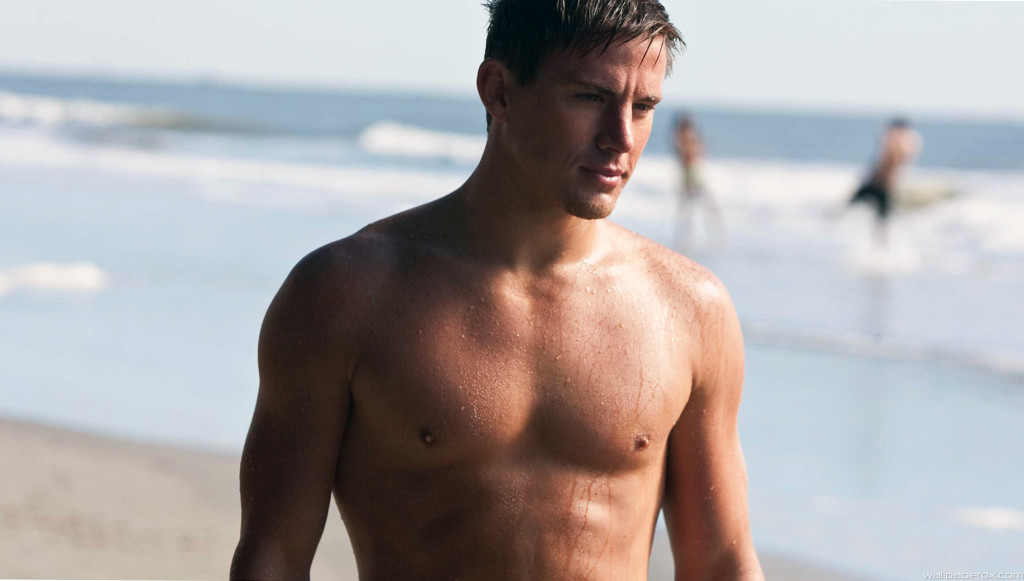Genre: True Story/Sports
Premise: The true story of Brad Lewis, a blue-collar rower rejected numerous times by the Olympic team, who eventually wins America’s first gold medal in the sport in 50 years.
About: This script finished with a monstrous 32 votes on the 2016 Black List. Screenwriter Tony Tost is one of the writers on the Logan-Marshall Green led series, Damnation. More recently, Tost was hired to adapt “Bare Knuckle,” about underground bare-knuckle boxer Bobby Gunn, who some say is the toughest guy you’ve never heard of.
Writer: Tony Tost (based on the book, “Assault on Lake Casitas” by Brad Alan Lewis)
Details: 119 pages
I’m going to come straight out and say it. The Olympian is Sports Story Light.
It’s a good script but it’s written in the way those late 90s early 2000s sports scripts were written – the films that Disney became good at producing (“Miracle”). I’m not saying that’s a bad thing. Only that if you’re looking for a gritty dirty truthful production, you’re not going to get it here.
I bring this up because biopics are at this stage where there’re so many of them, it’s getting harder for any to stand out. To do so, you need to find an off-the-wall character, an outrageous story, or discover a unique point of view. I wasn’t a fan of I, Tonya by any means. But I’ll be the first to admit it was unlike any recent true sports story I’ve seen. I’m not sure The Olympian provides us with anything new.
The story introduces us to 29 year old Brad Lewis, a row-a-holic who’s aiming to make the 1984 Los Angeles Olympics rowing team. The blue-collar California native lives with his alcoholic father and, during the few hours of the day he’s not rowing, shacks up with local bartender Pam Cruz.
While Brad would tell you the biggest obstacle to making the team is the elitist Ivy League coach, Harry Parker, the reality is, his biggest obstacle is himself. All Brad cares about is rowing. He illegally cuts down fences to get to private lakes so he can practice. He slaps himself in the face repeatedly to get psyched up before every race. And he alienates anyone who gets in his way.
As the Olympics approach, Brad flies to the east coast to try and make the team. But he loses the final race by a hair and is forced to quit. Until Harry gives him a second chance. Row tandem. Brad is so destructive that teaming up has never been an option. But with it being his lone chance to make the team, he has no choice.
Back home, Pam learns that she has breast cancer. Terrified that she may become a distraction, she doesn’t tell Brad. Meanwhile Brad and his new teammate, Paul, take on a series of way-better-trained Ivy Leaguers to get that final tandem slot on the team. In the end, Brad learns to control his emotions and become one with someone else, which ends in the two pulling off one of the biggest upsets in Olympic history.
Today I want to talk about the heartbeat of your script, your characters. You have two jobs when you create your hero. The first job is to find the conflict within. In the case of Brad, you have someone who’s self-destructive and self-centered. His entire arc revolves around trying to control himself. He’s a powder keg ready to explode. That’s what’s kept him from making the Olympics all these years.
Your second job is to find the conflict between your hero and each of the secondary characters. This is where a lot of beginner to intermediate writers falter. They feel like as long as they get the inner stuff with their hero figured out, they’re good. But a fully-rounded screenplay examines the relationships as well.
One of the difficult things about creating conflict between characters is that most writers only understand one form of conflict. Head-butting. Therefore, after they’ve assigned that conflict to one of the pairs, they’ve got nothing left for anyone else. We do have that form of conflict here in The Olympian. It occurs between Brad and the coach. They don’t like each other at all.
But you still have numerous other characters Brad is in contact with. What do we do with them? Well, let’s find out. We’ll start with the father. The father doesn’t think Brad should waste his time with rowing anymore. Brad is 29 years old. His dad thinks it’s time to start a family. This plays out mostly in a passive-aggressive manner. The father isn’t impressed by anything Brad accomplishes, which only forces Brad to work harder to get his father’s acceptance. It’s not the most original relationship. But for the sake of today’s lesson, it’s a solid choice if only because it’s different from head-butting.
Next we have Pam. This is the most interesting conflict in the script because it doesn’t contain any interaction between the characters. Pam is choosing to hide her cancer from Brad so that she doesn’t disturb his training. I like this because it’s outside the box. A conflict between two characters doesn’t always mean the characters have to be in contact. As long as the reader is aware of the conflict – as is the case here, since we’re aware of Pam’s cancer – that’s enough to create interest from the reader.
Finally, we have the relationship with Brad’s teammate, Paul. Their conflict is more of a difference in approach. And this is something you can use for the lesser relationships in the script – a difference in philosophy or a difference in approach. Brad always wants to GO GO GO at a thousand miles an hour, whereas Paul wants them to pace themselves.
And there you have it. If you can build compelling conflicts into each of your primary relationships, you can write just about anything and it will be interesting. At the end of the day, we’re not rooting for the plot. We’re rooting for the characters. So as long as the situations your characters are placed in are interesting, we’ll stay invested.
As for the rest of the script, I found myself pulled in, taken out, pulled back in, taken out again. I never gave up on the screenplay. But there always seemed to be something preventing me from loving it. Such as the fact that everyone in this script was reading classic books. Look, having one character be a book nerd is fine. But once you have two or three characters that are book nerds, it’s clear that the characters aren’t the book nerds. You are. And that takes the reader out of the story.
This issue extended to the dialogue as well. These were supposedly blue collar characters, yet they’d be routinely spouting out lines like, “Well, darling, I am trained to discern the underlying substrata to all human behavior and cognition,” as Pamela says early on. As a writer, your dialogue should only be as smart as the character saying it. And I didn’t always feel that way.
In the end, though, it didn’t matter because this was such a strong depiction of one of the “always works” character types – the underdog. Brad is the ultimate underdog. And seeing him go up against these Ivy School pricks for a spot on the team – it’d be weird if I didn’t root for him. I guess my only criticism is that this felt like it had the potential to be better. The execution was too straight-forward. Which is why I place it in the like-it-didn’t-love it category.
[ ] What the hell did I just read?
[ ] wasn’t for me
[x] worth the read
[ ] impressive
[ ] genius
What I learned: THE RULE OF TWO – I’ve found that in sports movies, two is usually better than one, because two gives you more opportunity to explore conflict. If you’re writing a tennis movie, write about a doubles team instead of a singles player. If you’re writing a rowing movie, write about a team as opposed to a single rower. If you’re writing a golf movie, make it about the golfer AND the caddy. If you’re writing a boxing movie, make it about the boxer AND his coach. Rule of Two, baby!
Here’s the winning race…



